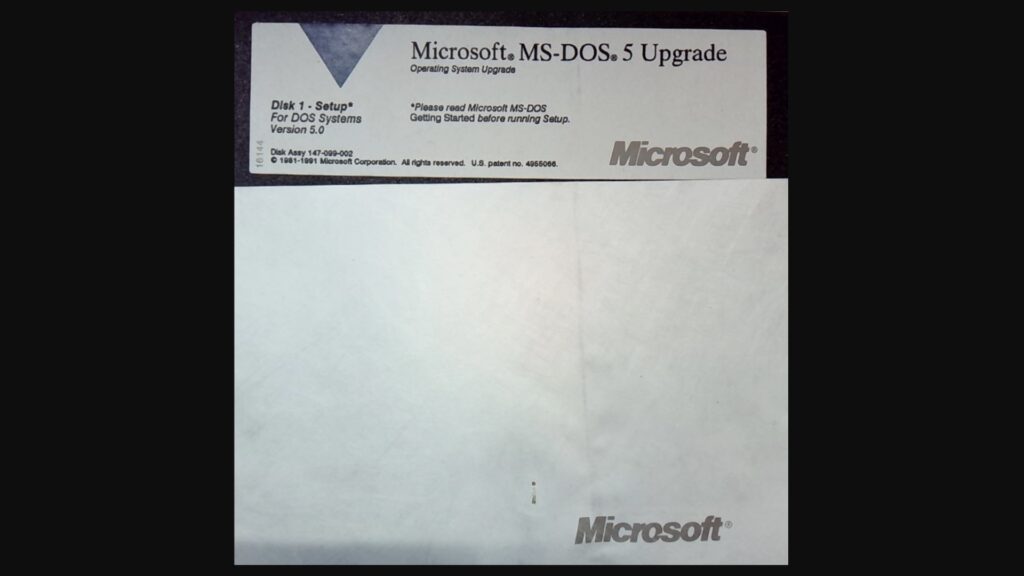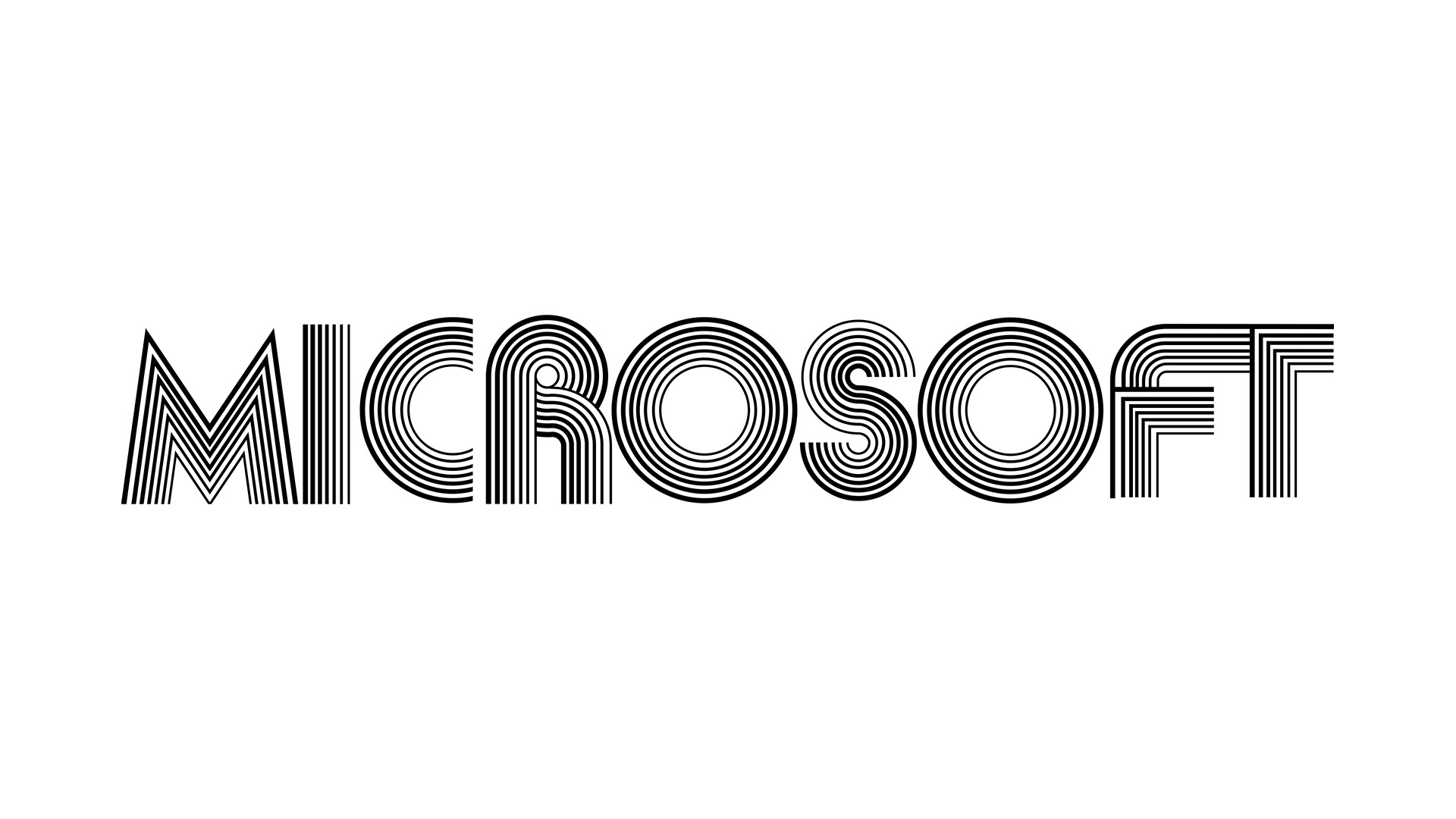A story about an obsolete PC, an old library book, and a one version of MS-DOS.
On this day in 1975, Bill Gates and Paul Allen founded a company called Micro-Soft in Albuquerque, New Mexico.
The two men had worked together before, as members of the Lakeside Programming group in the early 70s and as cofounders of a road traffic analysis company called Traf-O-Data. But Micro-Soft, later renamed to drop the hyphen and relocated to its current headquarters in Redmond, Washington, would be the company that would transform personal computing over the next five decades.
I'm not here to do a history of Microsoft, because Wikipedia already exists and because the company has already put together a gauzy 50th-anniversary retrospective site with some retro-themed wallpapers. But the anniversary did make me try to remember which Microsoft product I consciously used for the first time, the one that made me aware of the company and the work it was doing.
To get the answer, just put a decimal point in the number "50"—my first Microsoft product was MS-DOS 5.0.
Riding with DOS in the Windows era
I remember this version of MS-DOS so vividly because it was the version that we ran on our first computer. I couldn’t actually tell you what computer it was, though, not because I don’t remember it but because it was a generic yellowed hand-me-down that was prodigiously out of date, given to us by well-meaning people from our church who didn't know enough to know how obsolete the system was.
It was a clone of the original IBM PC 5150, initially released in 1981; I believe we took ownership of it sometime in 1995 or 1996. It had an Intel 8088, two 5.25-inch floppy drives, and 500-something KB of RAM (also, if memory serves, a sac of spider eggs). But it had no hard drive inside, meaning that anything I wanted to run on or save from this computer needed to use a pile of moldering black plastic diskettes, more than a few of which were already going bad.
Bear in mind that my knowledge of and exposure to computers before this was minimal, and my exposure to PCs had been nearly nil—I'd played Oregon Trail on an Apple IIe in elementary school, and the few computers that were in my classrooms or computer labs at the time were Macs. So all I really knew was that this computer was old but it was ours, and I set about learning what I could about it, blissfully unaware of its obsolescence and the fact that the computing world was well into the Windows 95 era.
The operating system diskette for this PC just happened to be running MS-DOS 5.0, so that was where I started.
MS-DOS 5.0 is actually a fairly significant release of the operating system. Released in June of 1991, MS-DOS 5.0 was the first version to include Edit and Qbasic; it was also the last version to be jointly developed by Microsoft and IBM before the two companies formally parted ways. It was a welcome corrective after the ambitious-but-busted MS-DOS 4.0 release, with new features and higher RAM requirements but few of the same compatibility problems. It was also the first version offered as a shrink-wrapped retail product that PC owners could buy as a standalone upgrade, which might explain why that old PC was running it in the first place.

Armed with nothing more than a version number, the next time we went to our local public library, I hit the boring non-fiction shelves to try and find more information. My memory is fuzzy, but I think the reference book I found was Carolyn Z. Gillay's DOS 5 Fundamentals, because I remember it having a sort of toothpaste-green colored cover and that it came with disks that had sample files on them. Whatever book it was, the fact that I found a tome that just happened to be about the exact version of DOS I was working with felt lucky (it was not a very up-to-date part of the library).
That book taught me how to do all the stuff I couldn't figure out on this horrible old PC—searching through files and folders, writing snarky journal entries in the Edit app, copying and formatting disks (and, crucially, checking them for errors so I could weed out the bad ones), writing batch files, and creating additional system disks so we could have backups. I had the free time and the elastic, absorbent brain that only a kid can have, and I quickly soaked it all up.
The information I was acquiring was already outdated by the standards of the day. But a working knowledge of DOS remained useful for decades afterward. A couple of years later when we got our first Windows PC (another hand-me-down, a similarly generic 486DX-based PC that did OK with Windows 95 but buckled under the load of Windows 98), MS-DOS was still there under the surface, and knowing how to use it was essential for the inevitable OS reinstallations. If anything, knowing about the MS-DOS undercurrents lurking beneath the surface of those Windows versions helped keep me curious about the underpinnings of other electronics I used, something that led me pretty much directly to my first IT jobs and then to writing detailed and overlong articles about technology.
Microsoft is far from a perfect company. Strong-arm tactics and anticompetitive practices defined the MS-DOS and Windows eras, and I have all kinds of misgivings about the company's push into generative AI and the current state of Windows 11. But I owe a lot to that first computer and the software that it unhappily, begrudgingly ran. And that's why I found myself thinking about my strange, nostalgic attachment to a particular version of MS-DOS on Microsoft's 50th anniversary.
Other stuff to do and read
Today you can relive the experience of using all kinds of MS-DOS versions—as well as PC-DOS, DR-DOS, and many retro Windows versions—in your web browser using the emulators hosted at PCjs machines.
For further reading, here are a few other Microsoft and Microsoft-related retrospectives from the Ars archives:
- The complete history of the IBM PC, parts one and two
- The Windows Start menu saga, from 1993 up through the launch of Windows 10.
- Exploring modern retro-computing with the Book 8088 and Pocket 386 laptops.
- The rise and fall of Internet Explorer, which was finally laid to rest in 2022.
- "Too much and too soon," a look back at Windows 8
- Microsoft open-sources MS-DOS 4.00
- An interview on the 30th anniversary of FreeDOS, an operating system that keeps the DOS software running on newer hardware
Hope you enjoyed this news post.
Thank you for appreciating my time and effort posting news every day for many years.
News posts... 2023: 5,800+ | 2024: 5,700+ | 2025 (till end of March): 1,357
RIP Matrix | Farewell my friend ![]()



3175x175(CURRENT).thumb.jpg.b05acc060982b36f5891ba728e6d953c.jpg)
Recommended Comments
There are no comments to display.
Join the conversation
You can post now and register later. If you have an account, sign in now to post with your account.
Note: Your post will require moderator approval before it will be visible.